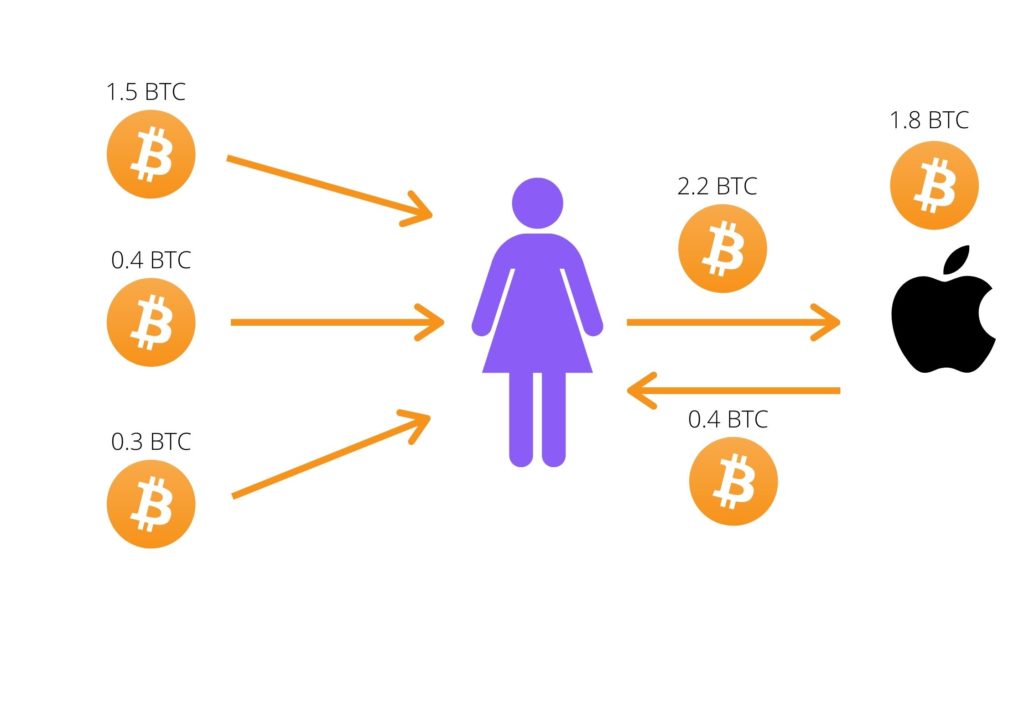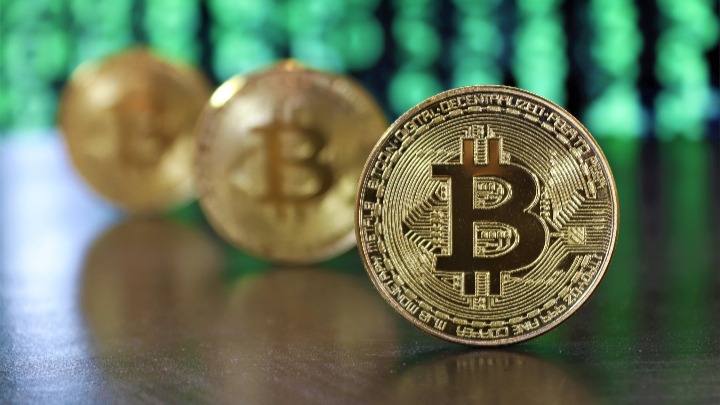The subject of privacy and anonymity has been heavily debated in the cryptocurrency world and especially Bitcoin.
Satoshi Nakamoto first proposed Bitcoin to be anonymous yet transparent in the original Bitcoin whitepaper. What he meant was being able to verify transactions but unable to know who the parties involved are.
And Bitcoin was able to do that in the early days of its life cycle, but as the years come by, and regulation has increased in this space – tracking Bitcoin tracks are extremely easy.
Are Bitcoin Purchases Traceable?
In 2020, with all the regulation, any Bitcoin purchase you make on an exchange where you verified your identity is traceable. Once you make the purchase, exchanges are required by law to give regulators your information if asked. This is so they are compliant with anti-money laundering laws in the country.
But what if you withdraw your Bitcoin and send it to another address? How can you still be tracked? Bitcoin works in a very transparent way so we’ll explain the mechanisms of how Bitcoin transactions works.
How is Bitcoin Tracked?
The Bitcoin Blockchain uses a UTXO model to send Bitcoin. This stands for Unspent Transactions Output. Now what does this mean?
Imagine Alice. Now let’s configure her bank account to work the same way as the Bitcoin blockchain.
Now, Bob, her employer, sent Alice 1.5 BTC for her payday. Imagine this 1.5 BTC is still a pending transaction and it has not cleared into her account yet.
So her Bank account has $0 while she has 1.5 BTC pending.
Now let’s say her mom sends her 0.4 BTC. It will also be pending so the total pending amount is now 1.9 BTC.
Alice’s friend also sends Alice 0.3 BTC to pay her back. The pending balance is now 2.2 BTC and her actual account is still $0.
So why are all the transactions pending? Well, that’s exactly how it works with the UTXO model. When you don’t spend the money you receive, it is still known as an unspent transaction.
Now let’s imagine Alice wants to buy a new iPhone for 1.8 BTC. In the UTXO model, she would actually need to send her total ‘pending’ amount (which is 2.2 BTC) to Apple.
Then, the blockchain will give change back. So Alice will get back 0.4 BTC.

So what you see here in the diagram, are the three payments Alice received, and then she sent money to Apple to buy an iPhone, and the 0.4 BTC is the blockchain sending the change of 0.4 BTC back to Alice.
As you can see, it is very easy to backtrack where the money sent to Alice came from, and who sent money to Apple. You can go further back and track how Bob got the money to pay Alice too. The blockchain is a continuous record so transactions can be traced endlessly, tracing back to the very first transaction if required.
What Are Some Ways To Protect Your Privacy?
There’s a few ways to protect your privacy when sending Bitcoin, we’ll go over them in detail below.
It can be as simple as making a new receiving address, to using coin mixers. You could also use other privacy coins such as Monero if you want to go further, but these methods are for Bitcoin only.
Masking Your IP Address
When you send Bitcoin, your IP address may be logged in the transaction. A node running Bitcoin (or miners) may log every transaction’s IP. Each block could contain several people’s transactions so it’s difficult to find the true IP address of the Node Operator.
This means that your IP could be mistaken as the Node’s IP if someone was trying to find what the Miner’s IP is. To mask your IP address, you could use a service like TOR to send transactions.
Using A Tumbler Or A Mixer
Fortunately, there’s a few ways to ‘mix’ your Bitcoin’s links to transactions. Popular methods created by Gregory Maxwell called CoinJoin mixes transactions in a way to make it hard for people to deduct where transactions are coming from.
Essentially what CoinJoin does is it combines multiple people’s transactions into one big transaction so you don’t know who is sending the bitcoin to who.
If you want to do this with your Bitcoins, you can simply download and install popular wallets such as Samourai or Wasabi. Those wallets have inbuilt functionality with CoinJoin and will do it for you.
New Addresses After Each Payment
It is also a good idea to only use an address once. So if you’ve received payments into address A, you should use a new public address B. It might be annoying to have to keep making new addresses after each transaction so fortunately, many modern wallets already do this automatically for you.
Privacy is always a growing topic in cryptocurrency discussions as it becomes easier for people to track and identify who people are. But using some of these methods described in this article will make it much harder to track. So if you’re concerned about your privacy with Bitcoin, we definitely recommend you to check out Samourai or Wasabi wallet.
